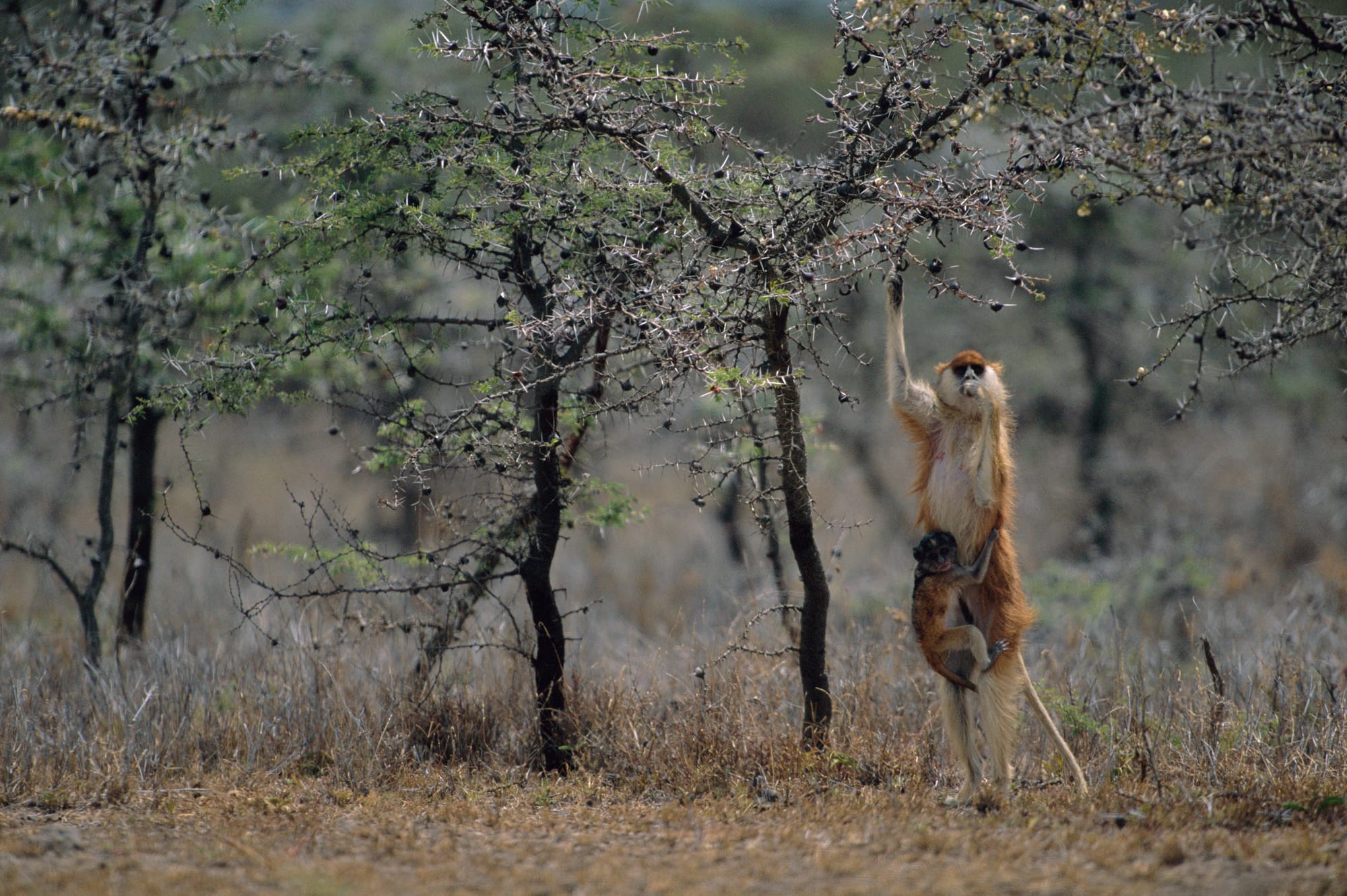Kenyan Wildlife May Have Inspired Dr. Seuss’s The Lorax
A new essay suggests that the patas monkey and its ecological relationship with the whistling thorn acacia tree inspired Dr. Seuss’s famous environmental children’s book.

Theodor Geisel, a.k.a. Dr. Seuss, wrote The Lorax, published by Random House in 1971, on a Kenyan safari he took the previous year. The Kenyan plants and animals that Geisel saw on his trip may have inspired the fantastic ones in the book, according to an essay published recently in the scientific journal Nature Ecology & Evolution. In The Lorax, a pioneer and factory owner, the Once-ler, cuts down all the Truffula trees and devastates the ecosystem despite the titular creature’s protestations. The essay’s authors Nathaniel Dominy, Sandra Winters, James Higham, and Donald Pease — three anthropologists and an English professor — used facial-recognition software to determine that the Lorax’s face closely resembles that of a patas monkey, more so than that of several other Kenyan monkeys. The essay also suggests that the Truffula tree may have been inspired by the patas monkey’s relationship with a spiky tree called the whistling thorn acacia, which the patas monkey depends upon for most of its diet.
Considering these possible real-life inspirations for the characters in The Lorax offers a new way of interpreting the story. Scholars often see the Lorax as a cantankerous ecopoliceman, defending the Truffula trees for activism’s sake or out of possessiveness, but perhaps, the authors suggest, the Lorax was just defending the trees upon which he himself depended. Hyperallergic spoke with essay co-author Nathaniel Dominy, an anthropologist and evolutionary biologist at Dartmouth, about how he and his collaborators conceived of their project and reached their conclusions.
* * *
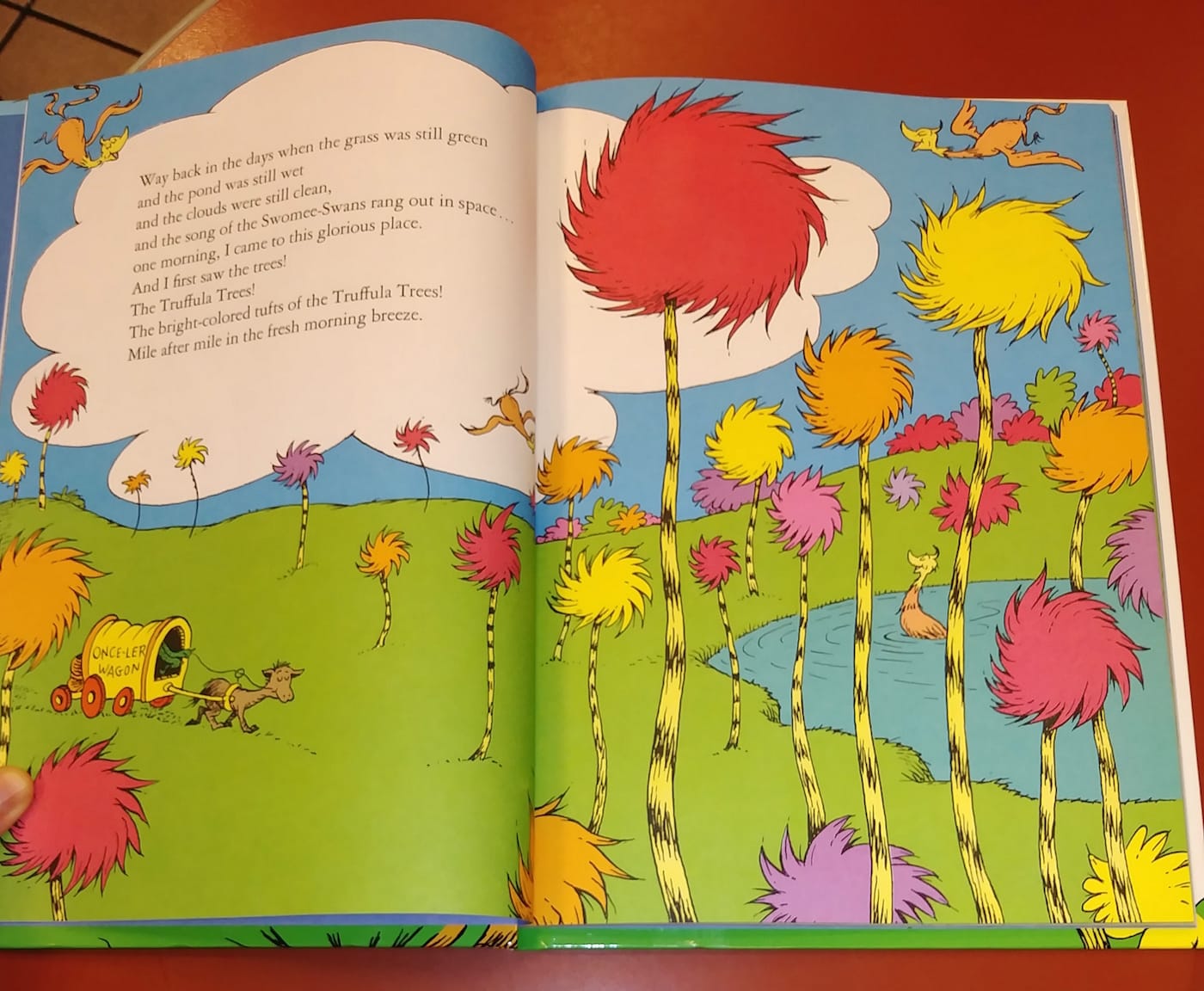
Ashley P. Taylor: I read that you and another Dartmouth professor, Donald Pease, ended up seated next to each other at a dinner and wound up collaborating on this project. Is that right?
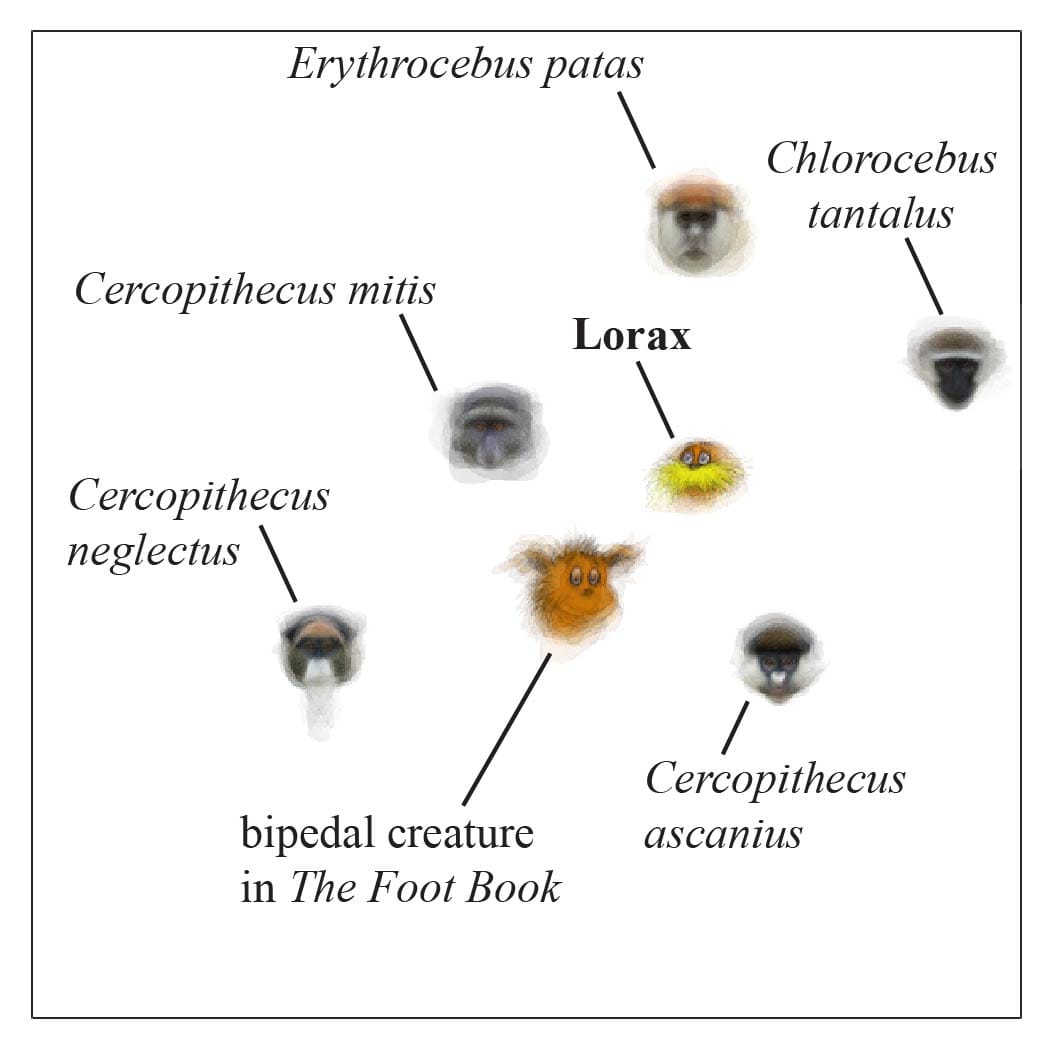
Nathaniel Dominy: Don Pease is a professor in the English department, and one of his many specialties is Dr. Seuss. My specialty is on primate ecology and evolution, and I’ve done a fair amount of field work in central Kenya. And so, as people do, I was looking for some common ground in some topic of shared interest, and I thought Dr. Seuss would be a nice topic, in part because I have two young kids, so I’m pretty familiar with the entire Seuss canon. I mentioned to him that when I have visitors or friends who visit me in Kenya, when we see patas monkeys I often say, “if Dr. Seuss had had made a monkey, this would be the one he would have made,” because it looks like it’s been just ripped right off the pages of a Seuss story.
I mentioned that to Don mainly as a means of creating some idle small talk. And he revealed that Dr. Seuss has been to Kenya, that he traveled there. And in fact, he actually went to the Laikipia Plateau where there’s a very exclusive private club. And so once he said that, then all the pieces fit together and we basically hashed out this essay over the course of the dinner to make the argument that he almost certainly saw these monkeys when he was there — they have a very patchy distribution, but they happen to be relatively common in the area that he was visiting — and how once you take into account the ecology of the monkeys, then many of the themes that we see in The Lorax make a lot of sense.
APT: What led you and your coauthors to the conclusion that the Lorax might have been inspired by the patas monkey?
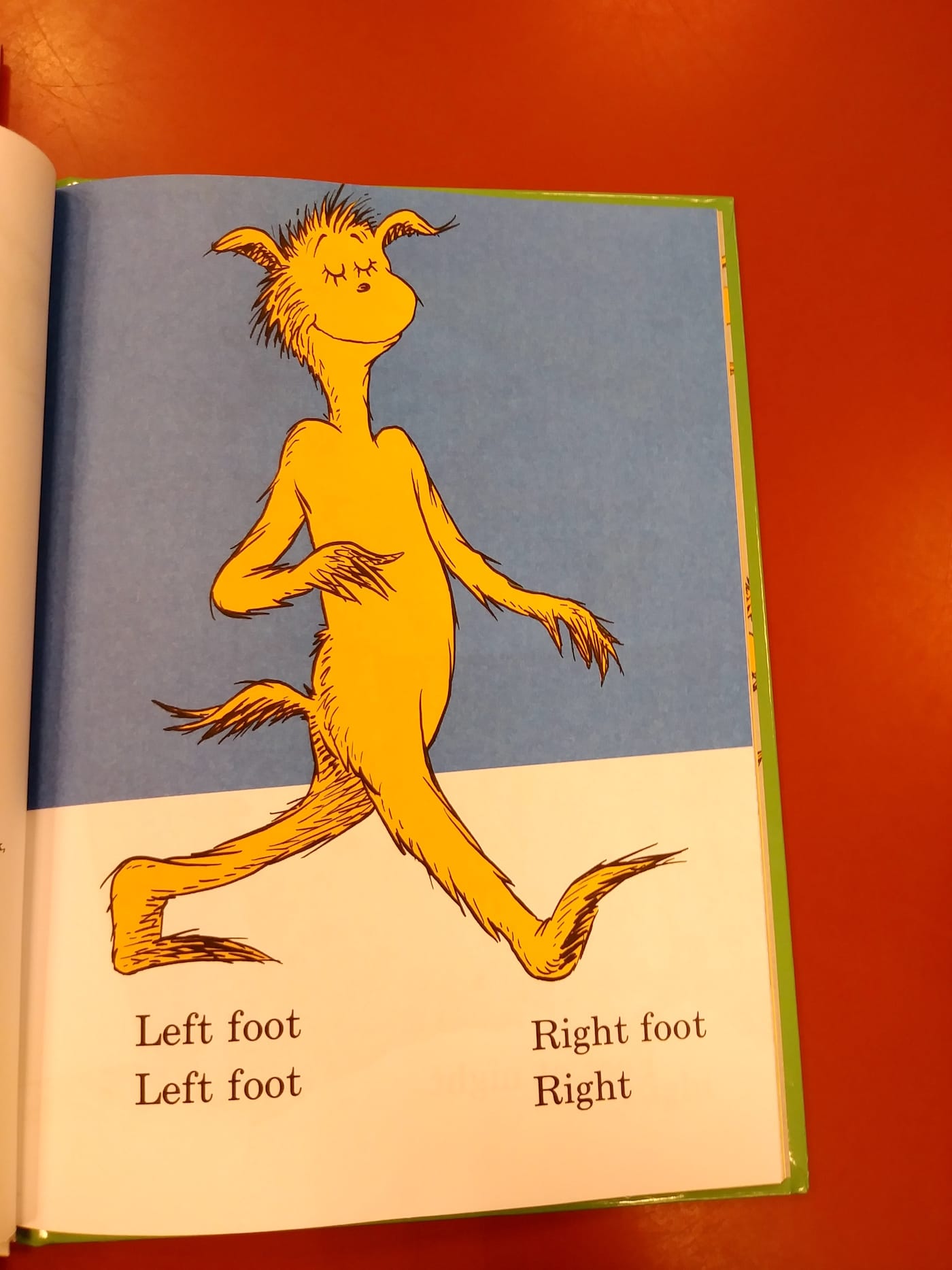
ND: Well, when you put an image of the Lorax and the monkey side by side, you know, it’s tempting to say they look awfully similar. But we were concerned that, you know, a cranky critic might argue that that’s just confirmation bias and a case of human subjectivity coming in to make those claims. And so that’s why we turned to the machine-learning algorithm to take an unbiased approach to see just how similar those faces are. And the computer tells us that they’re awfully similar.
APT: I thought it was neat that you included a creature from The Foot Book in your facial analysis. Why did you choose that creature as a comparison point, as opposed to some other Seussian creature?
ND: Well, from our perspective it was the most conservative choice because of all the creatures in Seuss’s world, that one arguably is the one that’s most like a monkey and most like the Lorax. And so we thought, “okay, you know, if some cranky critic says ‘well maybe the Lorax is just an exemplar of many types of bipedal orange creatures in Seuss’s world; then it’s just merely a coincidence that it looks like a patas monkey.’” So that’s why we felt like it was important to take the Foot Book creature and put it into the same analysis to show that the Lorax looks much more like a patas than even this other creature, which looks an awful lot like a primate.
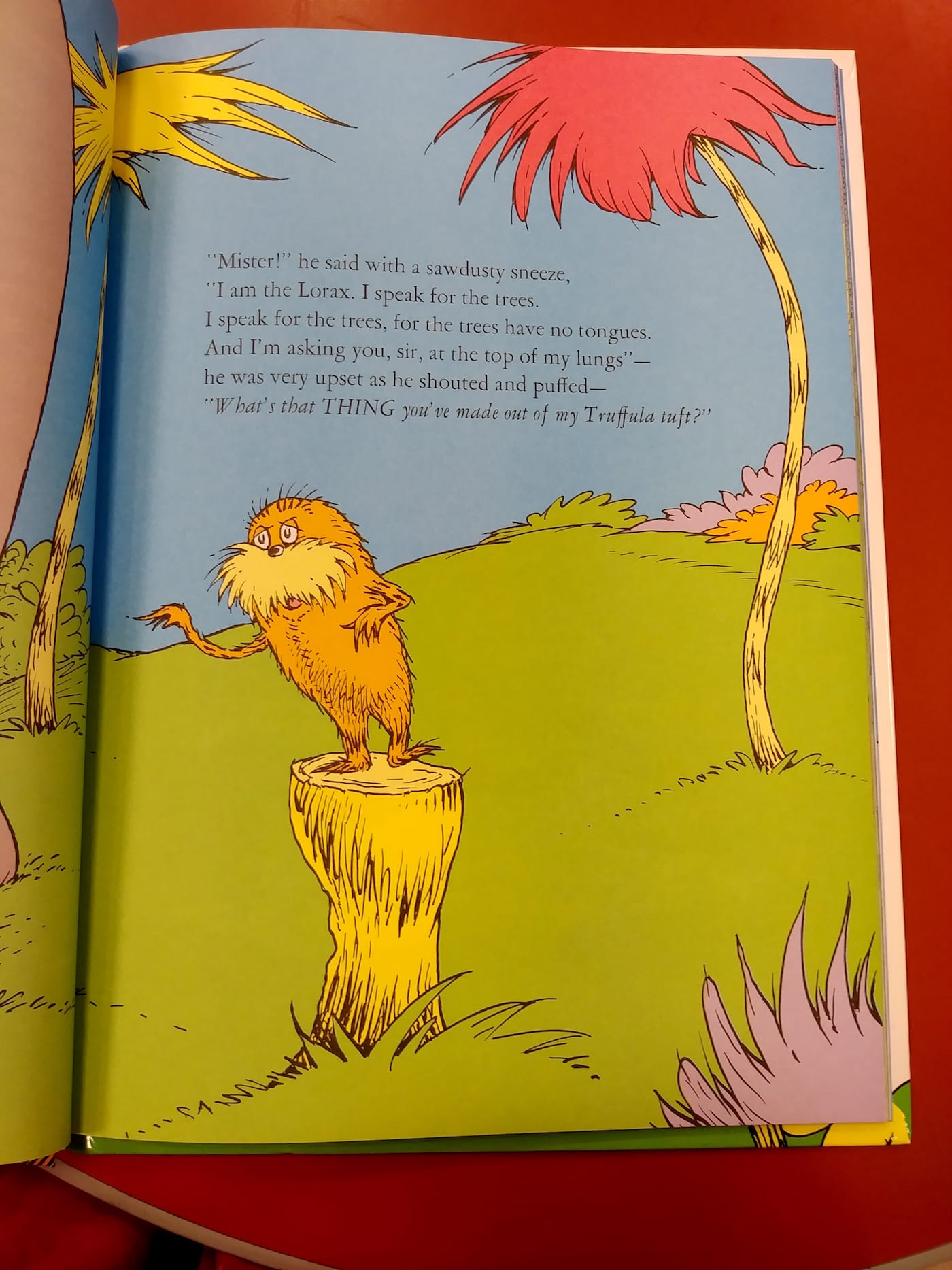
APT: Which real-life tree do you think inspired the Truffula trees and why?
ND: Well, the Truffula trees are tufted, and the tufts are what the Once-ler’s harvesting. Now the tufting of the tree doesn’t look like anything on the African landscape today, but the positioning of the trees does look very much like a savannah. Now there’s one clue; at one point in the book we see a tree without its tuft. Presumably the tuft has been removed. And the internal architecture of that Truffula tree looks very much like this whistling thorn acacia that we see in Kenya.
APT: Are your kids still young? And what did they think of your essay?
ND: My daughter is seven and my son is four-and-a half. They haven’t read it. The language is a strictly formal and sort of scientific and academic. That was very deliberate. To sort of take a whimsical, fictional character and treat it utterly seriously. We hoped people would find the humor in that.
